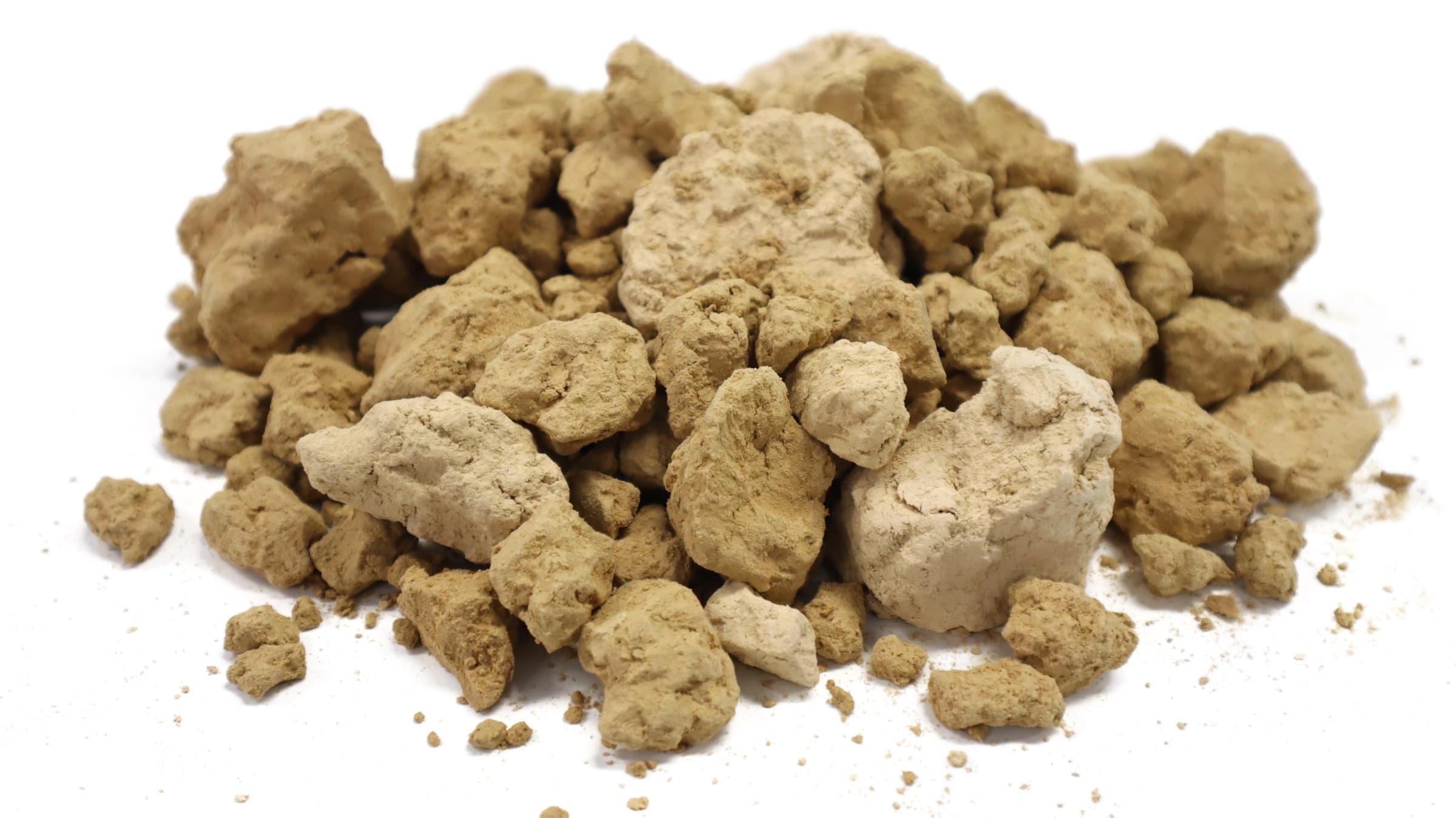Clay overburden presents a wide array of potential applications and advantages, notably within sectors such as construction, agriculture, and environmental restoration.
However, it’s crucial to emphasize that the suitability of clay overburden for particular applications hinges on a multitude of factors, including its composition, inherent properties, and any potential contaminants it may contain. Moreover, the environmental ramifications and regulatory prerequisites linked to the utilization of clay overburden must be meticulously assessed and adhered to, particularly in the context of reclamation or environmental restoration initiatives.
Applications
Construction Material: Clay overburden is a valuable construction material, finding utility in projects such as road embankments, earthen dams, and levees. Its inherent compactness lends structural stability and support to these engineering endeavours.
Landscaping: Clay overburden proves instrumental in landscaping ventures, allowing for the alteration of landforms to create features like berms or mounds. Its malleability enables precise sculpting for achieving desired elevation changes and contouring.
Revegetation: Clay overburden is crucial in land reclamation and revegetation initiatives. When applied to disturbed areas, it provides an ideal substrate for plant growth, establishing vegetation and ecosystem restoration.
Erosion Control: Utilizing clay overburden in areas prone to erosion, especially on slopes, is an effective erosion control measure. It functions as a protective barrier against water runoff, stabilizing the soil and safeguarding against erosion, contributing to environmental conservation and land preservation.
Benefits
Clay overburden offers many advantages: resource utilization, environmental conservation, stability, agricultural enhancement, waste reduction, and economic efficiency. Its diverse applications are pivotal in supporting various industries and fostering sustainable practices.
The Key Benefits of Clay Overburden:
Resource Extraction: The foremost advantage of removing clay overburden is access to valuable subterranean resources like minerals, metals, coal, or oil, supporting critical industries and resource utilization.
Environmental Restoration: Following resource extraction, clay overburden can be harnessed to restore mined areas. Its utilization aids in the reclamation and rehabilitation of land, transforming depleted areas into functional ecosystems and contributing to environmental preservation.
Stability and Support: In construction or landscaping, clay overburden provides stability and support due to its cohesive properties. This quality mitigates erosion risks and bolsters structural integrity, ensuring the longevity of engineered projects.
Soil Improvement: Clay-rich soils, known for their exceptional water retention capacity, benefit agriculture by supplying a consistent water source to crops, particularly during dry spells. This property enhances soil quality and crop yields.
Land Reclamation: Integrating clay overburden into land reclamation endeavours enhances soil structure, improves water retention, and furnishes an ideal medium for establishing vegetation. This fosters the restoration of barren or degraded lands.
Waste Reduction: Repurposing clay overburden for construction or land rehabilitation is eco-friendly, significantly reducing the need for landfill disposal of this material and minimizing environmental impact.
Cost Savings: Opting for clay overburden instead of importing or purchasing alternative materials for construction or restoration projects translates into cost savings, making projects more economically viable and sustainable.
When considering the use of clay overburden, it’s advisable to work with experts in geology, engineering, and environmental science to ensure that its application aligns with project goals and regulations while minimizing potential negative impacts.
Products
More like this
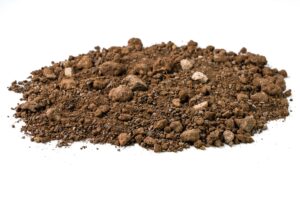
Type B Fill
Type B fill is frequently employed as a lightweight backfill material for constructing retaining walls and embankments, particularly in situations involving weaker soils. The term “Type B fill” designates a specialized category...
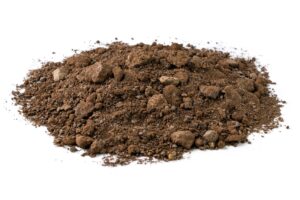
Type A Fill
Type A fill refers to a specific classification of engineered fill material commonly used in construction projects, providing a stable and compacted base for various structures.Type A material, known for its low permeability, is positioned...
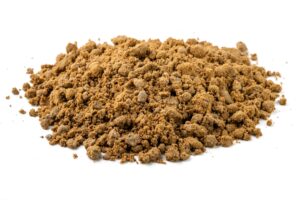
Tailings
Tailings are the waste materials left behind after extracting valuable minerals from ores in industries like mining and mineral extraction. These residual materials consist of finely ground particles, often in a slurry form, and vary in...
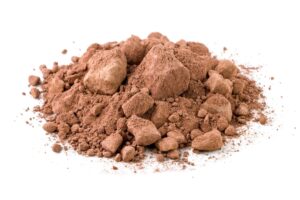
Mud Stone
Mudstone is a type of sedimentary rock that is composed of fine-grained particles, including clay minerals and silt, derived from the settling of clay in calm water bodies. It forms through the accumulation and compaction of these small...
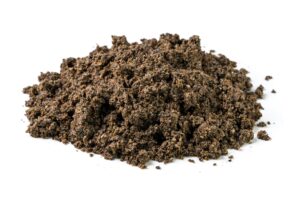
Clean Fill
“Clean fill” is a fundamental term in the construction industry, denoting earth materials, such as soil, rock, sand, gravel, or similar substances, that are devoid of contaminants, debris, or hazardous elements.
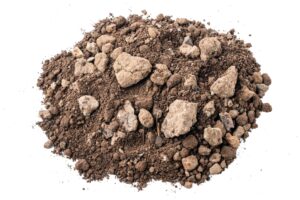
Clay
Clay is a fine-grained soil material composed of minuscule mineral particles and organic matter. Its notable characteristic is its inherent plasticity and cohesion when in a moist state, while transitioning to a firm and compact form when...
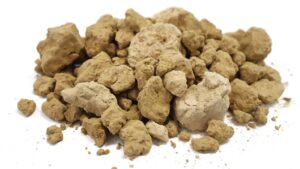
Capping Clay
“Capping clay” refers to a particular variety of clay that develops a natural firm, solid layer or crust on the soil’s surface following periods of rainfall or irrigation as it dries.

Case
studies

Normark
Established in 1977, Normark are a second generation family business specialising in landscape design and construction across Melbourne. "From inner-city Melbourne courtyards to large commercial open spaces, Normark will deliver."

Normark
Established in 1977, Normark are a second generation family business specialising in landscape design and construction across Melbourne. "From inner-city Melbourne courtyards to large commercial open spaces, Normark will deliver."

Normark
Established in 1977, Normark are a second generation family business specialising in landscape design and construction across Melbourne. "From inner-city Melbourne courtyards to large commercial open spaces, Normark will deliver."

Normark
Established in 1977, Normark are a second generation family business specialising in landscape design and construction across Melbourne. "From inner-city Melbourne courtyards to large commercial open spaces, Normark will deliver."

Normark
Established in 1977, Normark are a second generation family business specialising in landscape design and construction across Melbourne. "From inner-city Melbourne courtyards to large commercial open spaces, Normark will deliver."

